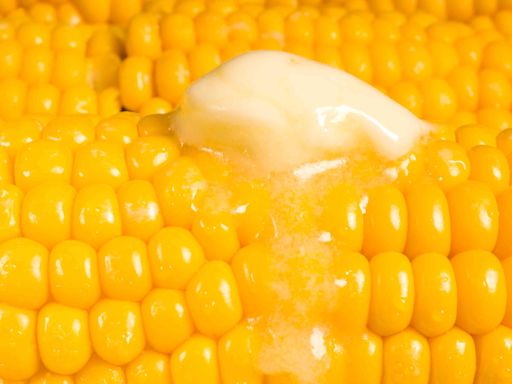Search results
In common usage, salt is a mineral composed primarily of sodium chloride (NaCl). When used in food, especially in granulated form, it is more formally called table salt. In the form of a natural crystalline mineral, salt is also known as rock salt or halite. Salt is essential for life in general, and saltiness is one of the basic human tastes.
Apr 7, 2023 · What is salt? Salt is the most significant source of sodium in your diet. Also known as sodium chloride (NaCl), it comprises 40% sodium and 60% chloride. Today, the terms “salt” and “sodium”...
Salt, also called sodium chloride, mineral substance of great importance to human and animal health, as well as to industry. The mineral form halite, or rock salt, is sometimes called common salt to distinguish it from a class of chemical compounds called salts.
Nov 8, 2023 · From table salt to flaky sea salt and pink salt to truffle salt, we’re covering 19 types of salt and how to use them in this comprehensive guide! Salt is probably the most used spice in the world. It’s naturally occurring, helps sweets taste sweeter, and helps savory flavors really pop.
Nov 3, 2020 · Still, a quarter of a teaspoon of sea or table salt can be as much as 590 mg (depending on the brand), or about 26 percent of your recommended daily value, according to the USDA’s Food Data Central. (Here are some other signs you’re eating too much sodium .)
Jul 28, 2017 · Salt is a mineral needed for the body's nerves and fluid levels. How does having too much or too little affect our health, and how much should we consume?
Feb 7, 2006 · Salt is an essential part of the human and animal diet, aiding in digestion, but overconsumption is widely held to be a cause of hypertension and heart disease. The production of salt is one of the oldest chemical industries. Because of its value, in ancient times salt was used as a currency.
Salt contains sodium, which is an electrolyte: a mineral that carries an electric charge when it’s dissolved in a fluid. In our bloodstream, sodium and potassium particles create an army of...
Salt, also known as sodium chloride, is about 40% sodium and 60% . It flavors food and is used as a binder and stabilizer. It is also a food preservative, as bacteria can’t thrive in the presence of a high amount of salt.
Jun 28, 2023 · Sodium attracts and holds water, so the blood volume rises. The heart must work harder to pump blood, and that increases pressure in the arteries. Over time, this can raise the risk of heart disease, stroke and kidney disease. Some people are more sensitive to the effects of sodium than are others.


